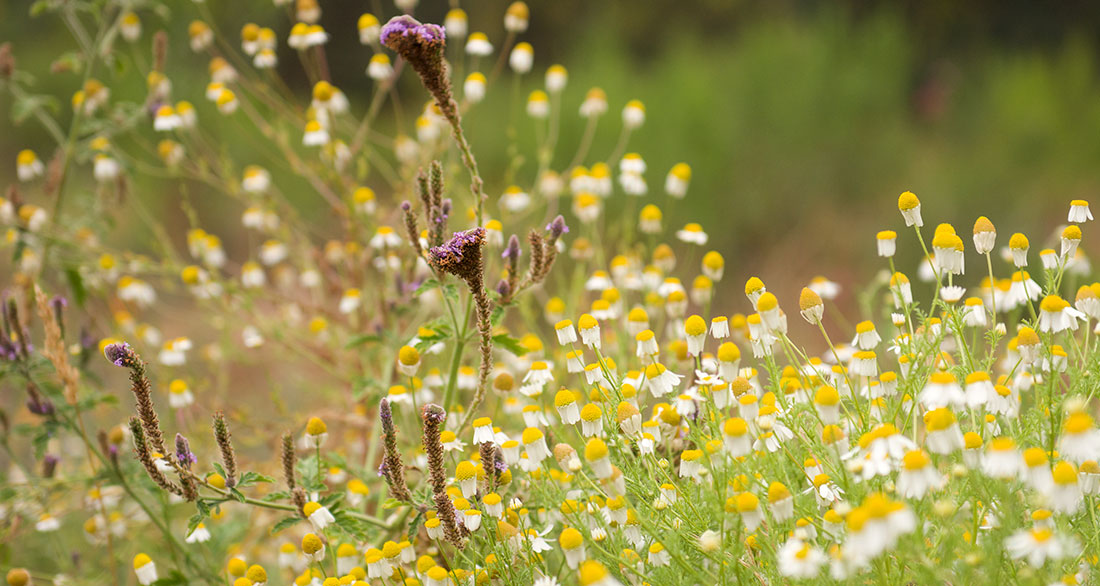COMPONENTS OF AN IPM PROGRAM
Successful IPM programs all share the same five major components
- Pest Prevention
- Pest and symptom identification
- Regular pest surveys
- Action thresholds and guidelines
- Sound management methods that include integrating biological, chemical, cultural and physical/mechanical management tools
Pest Prevention | “Deciding” to Minimize Pests
The University of California, Division of Agriculture and Natural Resources (UC ANR) are the State’s leading experts in IPM, among other things. According to UCANR, landscape managers have many opportunities to make decisions that minimize pests. For example, healthy and vigorous plants are much less likely to become infected or infested with pests and most landscape pest problems can be avoided by taking the four steps shown below:
- Chose pest resistant varieties that are well-adapted to local conditions
- Correctly prepare sites before planting
- Use proper planting techniques
- Provide optimum conditions for plant growth
- Remember that healthy and vigorous plants can frequently outgrow damage from pests
Proper Planting, Plant Selection and Resistant Species/Landscape Choices
According to UC ANR, “effective pest management begins when you select plants that are well adapted to that location.” Some plants may be popular choices but may also be prone to common pests and diseases, or require too much water to maintain. Appendix D has a list of resources to help identify substitutes for common landscape plants that are more resistant to pests and are more drought tolerant. Continued failure of a plant variety to thrive strongly suggests the plant is not right for the area and should be changed.
Not sure what to do? You are not alone. Appendix H has a list of resources and contact information where you may be able to get answers to your questions. In addition to the plant type (species), careful selection of the plants based on their condition and other factors before they are planted can have long range effects on plant health and future pest problems.
Keeping Pests Outside
In some cases, insect pests like ants may only become an actionable problem when they invade buildings, so a pesticide application may not be needed if the ants stay outside and aren’t otherwise doing anything undesirable. Research has shown that most of the pesticides found in California’s urban runoff are there as a result of outdoor applications of insecticides. It is highly likely that many of these insecticide applications are perimeter treatments made around a home or other building in an effort to keep pests from getting inside.
If possible, ants and other pests should be kept out of a building by its design. In other words, buildings can be designed or retrofitted to prevent pests from gaining entry. An excellent resource on designing pest-proof structures is available as an online publication, Pest Prevention By Design (PDF download) developed by the San Francisco Department of the Environment and the International Code Council.



